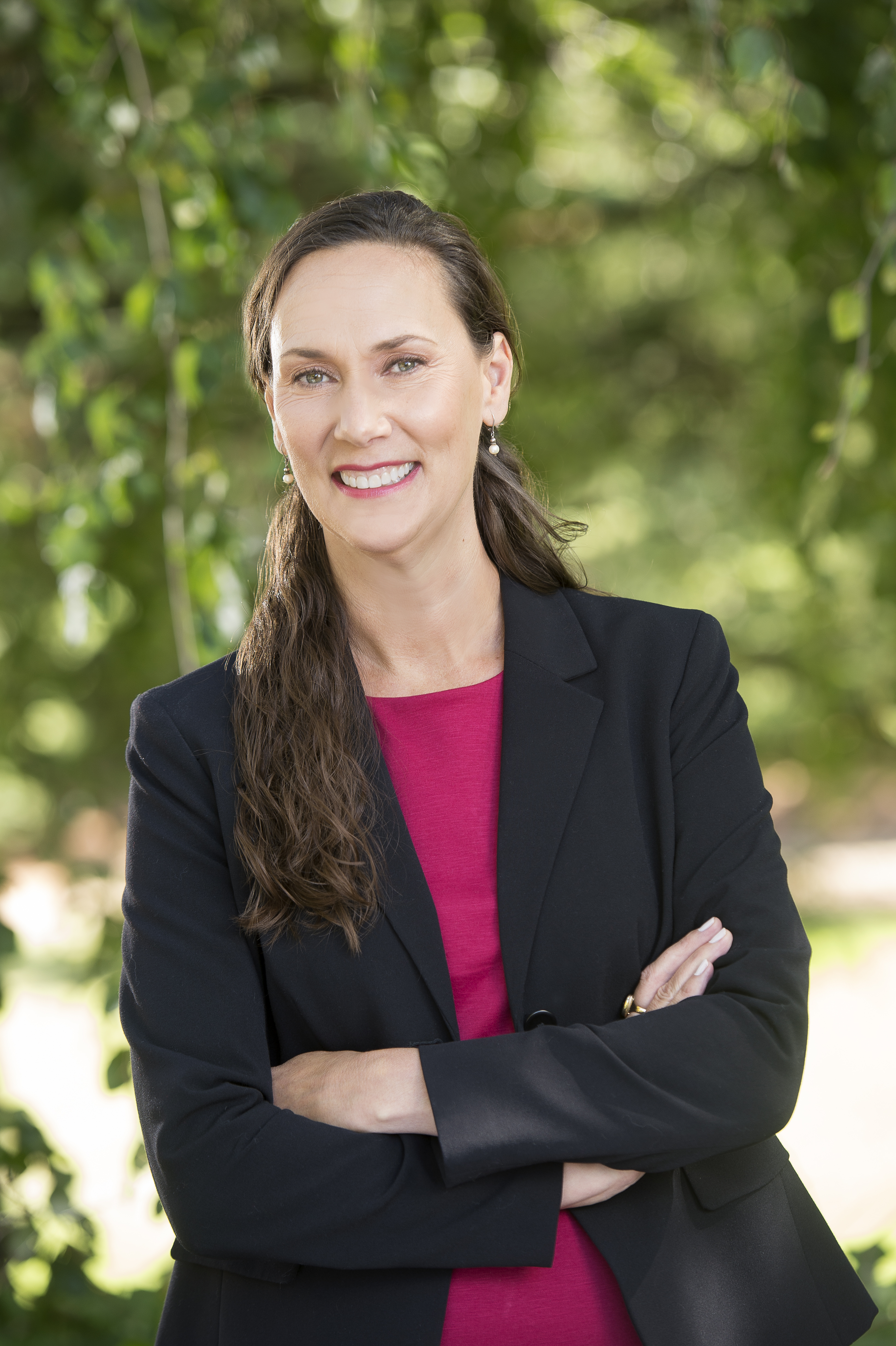Interview With President Skari on Bond Measure Effort
In 1967, voters in East Multnomah County approved a general obligation bond measure to raise $6.5 million to start building the Mt. Hood Community College Gresham campus.
In 1974, a “Phase 2” bond measure was also approved, for another $6 million.
And since that time, Mt. Hood Community College has not seen a bond pass, with a half-dozen failed attempts at the ballot box.
Today the campus is a bit on the old side, having been built roughly 50 years ago. Security and infrastructure demands are obvious, and there’s a need for new and/or improved classroom, lab and student space.
MHCC President Lisa Skari is leading the effort to develop another bond measure plan – with a public vote possible later this year. We sat down with her to get the latest intel on the challenging project.
Advocate: Why does our school need to get a bond passed to improve the school’s buildings, or to build new ones?
Skari: In Oregon… unlike the universities – because the state owns the university buildings, which is why they fund their buildings – [with the] community colleges, the [college] district or the community owns their buildings, which is why the voters need to approve bonds for us to build. So that’s why we must go out for a bond to do any sort of facility improvements or updates. If we don’t do that, we’re using operating dollars that should go to students in the classroom or raising tuition. And so, there’s a whole lot of things that make funding through a bond far more attractive and far more cost effective and affordable.
When you take a bond for example, we were looking at a $130 million bond, which sounds like a lot of money but when you divide it over our entire 950-square mile district, for the average homeowner in Multnomah County it’ll be about five bucks ($5 annual increase in property taxes).
Advocate: Can you provide an overview of current or proposed bond plans for our school?
Skari: Last year we completed a comprehensive facilities plan and it took us a year, to look at all the different needs across campus, all the different conditions of things, and come up with a list of the top priorities that the college would tackle in the next five-to-10 years. That information then went to what we’ve collected [from seeking] campus feedback and (holding) open houses in January for the campus community to provide input.
We took that and we had formed a bond development work group, which was predominantly community members. I think there were 23 community members and five internal (campus) employees, and they went through all the projects, all the different things. And after four meetings they did a “build a bond” [exercise] where they basically said, ‘If I had to build a bond to take out to the community, this is what would be adequate.’

Photo provided by Lisa Skari
Advocate: How do you envision the bond plan aligning with the long-term goals and vision of the college?
Skari: When we first did the comprehensive facilities plan, we looked at the strategic plan, which was created in alignment. Our current strategic plan runs through 2027. I will say a lot of the bond money we’re requesting is not necessarily new directions. It’s really addressing needs that we already have, like safety and security, classrooms, and labs, right? Making sure labs and classrooms are safe, and also provide ADA [disability] accessibility. student spaces outside of the classroom to enhance coming together – great projects we call ‘student nodes,’ – more and more student space, because right now it’s somewhat limited.
Advocate: Do you, personally, have any experience in developing a bond?
Skari: I do not. so that’s been a big learning curve for me. We are working with a consultant (Wright Public Affairs) who has a lot of experience and [we are] specifically bringing in this consultant is because they have been successful in our community. They helped Gresham-Barlow (school district); they’ve worked with Reynolds [both districts recently getting voter-approved bonds for new buildings].
Advocate: How do you plan to communicate the details and benefits of the bond plan to the public?
Skari: [Answer largely paraphrased]: We have 20-plus community members who are going to reach out to different people, and talking to people [voters] to see if they would support it (the bond), or what they think. It is part of our community engagement plan to speak with community groups, community organizations, city councils, school districts, [C]hambers [of Commerce], [Rotary clubs] and with our elected officials.
We have different members on our bond development work group who represent different groups, like full-time faculty and part-time faculty. Having them (involved) helps us figure out how we make sure everyone on campus is informed.
[And], for the last 50 years, we’ve been running the Head Start program for (the area, as a pass-through funding/oversight agency). Part of these bond funds will benefit our Head Start programs as well [so we will reach out to those parents, etc.].We are going to need all hands on deck to make this bond happen.
Advocate: Are there any alternative funding sources or strategies being considered alongside the bond?
Skari: Here’s kind of our options: There’s bond money, there’s using general operating funds. What that means is, if we must fund capital (construction/renovation) projects, that’s money that’s not available for staffing, for programs, so we’re trading one thing for the other. Private fundraising is (another) option.
Part of our challenge is that federal funds cannot be used generally for capital [projects]. And of course, there’s a little thing called the Economic Development Agency does allow capital [assistance], but only if you’re in rural areas. So, we’re in this kind of difficult spot where we can’t access large chunks of capital money because we’re suburban.
Features Editor

Leave a comment